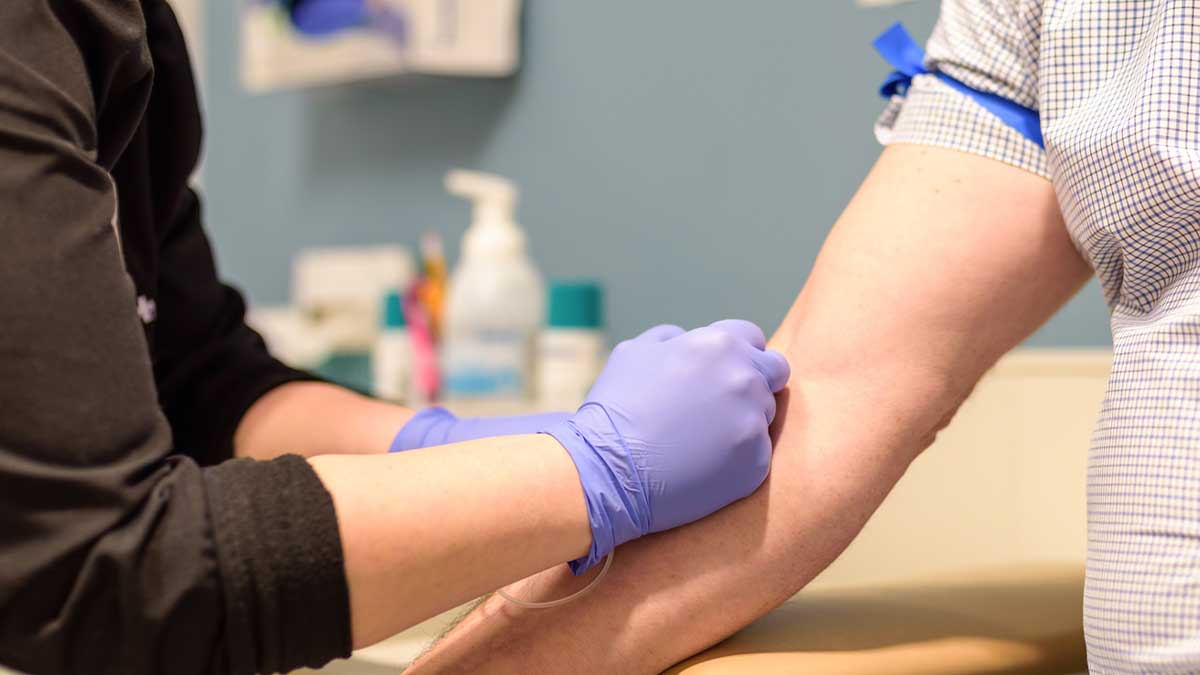Pandemic Spurs Telehealth Adoption Rate
 While the benefits of telehealth services were widely known, it wasn’t until the COVID-19 pandemic that the telehealth tipping point accelerated in the practice of family medicine and primary care in the United States.
While the benefits of telehealth services were widely known, it wasn’t until the COVID-19 pandemic that the telehealth tipping point accelerated in the practice of family medicine and primary care in the United States.
At The Ohio State University Wexner Medical Center and The Ohio State University College of Medicine, J. Nwando Olayiwola, MD, MPH, chair of Family and Community Medicine, and primary care clinicians in her department, describe their collaborative efforts to accelerate the adoption of telehealth in an article published by the Journal of Medical Internet Research, “Telehealth as a Bright Spot of the COVID-19 Pandemic: Recommendations From the Virtual Frontlines (‘Frontweb’).”
In fall 2019, Ohio State Wexner Medical Center launched a comprehensive virtual health initiative for primary care clinicians. The initiative allowed the provision of telehealth care to patients, so Family Medicine clinicians and their teams could deliver virtual health across nine locations in central Ohio. Faculty and staff in the Department of Family and Community Medicine aimed to transition 30% or more routine primary care visits to a virtual setting in the next three to five years, which would ultimately allow more than 90,000 patients to utilize the benefits of telehealth, including video, telephone and electronic visits.
To achieve that goal, department leaders created a telehealth workgroup that was active pre-COVID-19, working on a strategy to increase usability for patients and clinicians. However, payor reimbursement, regulatory and licensing policy, geography and other factors hindered widespread adoption of such capabilities. As a result, self-selected and department-appointed proponents were initially the predominant champions of such telehealth capabilities.
At the beginning of 2020, less than 5% of patient visits were conducted via telehealth. “There were barriers beyond our control that we needed to overcome to fully make this shift,” says Randell Wexler, MD, vice chair for Clinical and Academic Affairs in the Department of Family and Community Medicine.
Then, the pandemic arrived.
When the spread of COVID-19 prompted the closings of Ohio K-12 schools and openings of COVID-19 call centers and testing stations, the Ohio State Department of Family and Community Medicine transitioned all nonemergent care to telehealth care. This prevented patients from being at risk in waiting rooms and resulted in a safer environment for employees as well. In just a few days, primary care clinicians welcomed telehealth as a proactive and necessary solution to providing quality primary care.
When rescheduling nonurgent care appointments during the pandemic, Dr. Olayiwola’s team found that most patients were open and willing to participate in video and telephone visits to protect themselves and their families.
Additionally, March 17 saw significant telehealth regulatory changes as a result of the pandemic: The Centers for Medicare and Medicaid expanded access to telehealth and the Office for Civil Rights relaxed HIPAA rules. These impactful changes allowed more patients and providers to access the benefits of telehealth.
Applying the Clinical Transformation in Technology implementation science-based framework, the team ensured the scalability and sustainability of rapid telehealth changes. Their results are impressive. In March, more than 1,500 telehealth visits were provided by Family Medicine clinicians. As of the article’s publication date, 93% of care was being provided via telehealth care. And the workgroup is delighted that preliminary patient experience data shows that patient satisfaction levels remain high.
Ensuring good systems for communication, tracking and progress was also key to this success. “We created a real-time virtual health dashboard that showcases our telehealth progress at the department, practice and individual clinician level,” says Candy Magaña, MPA, director of the Center for Primary Care Innovation and Transformation, who was one of telehealth workgroup co-leads. “We knew that sustaining the momentum required giving the clinicians and practice managers information that was both actionable and individualized.”
Dr. Olayiwola’s team will continue to diligently modify and improve processes and workflows to abide by the applied framework. “We believe that primary care providers will maintain some sort of permanency on what we call the ‘frontweb’ of care,” Dr. Olayiwola says. “Many patients will appreciate the convenience that telehealth has brought them, and will enjoy having expanded options for the way they receive care.”



